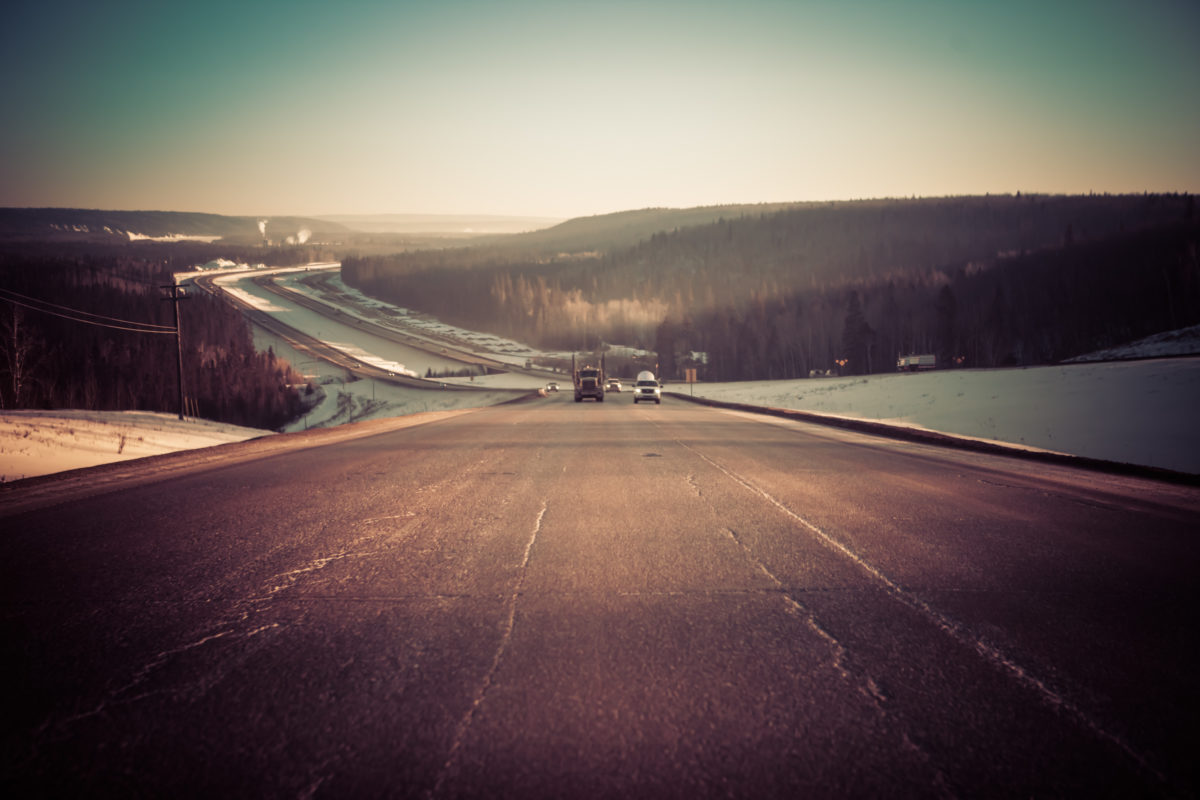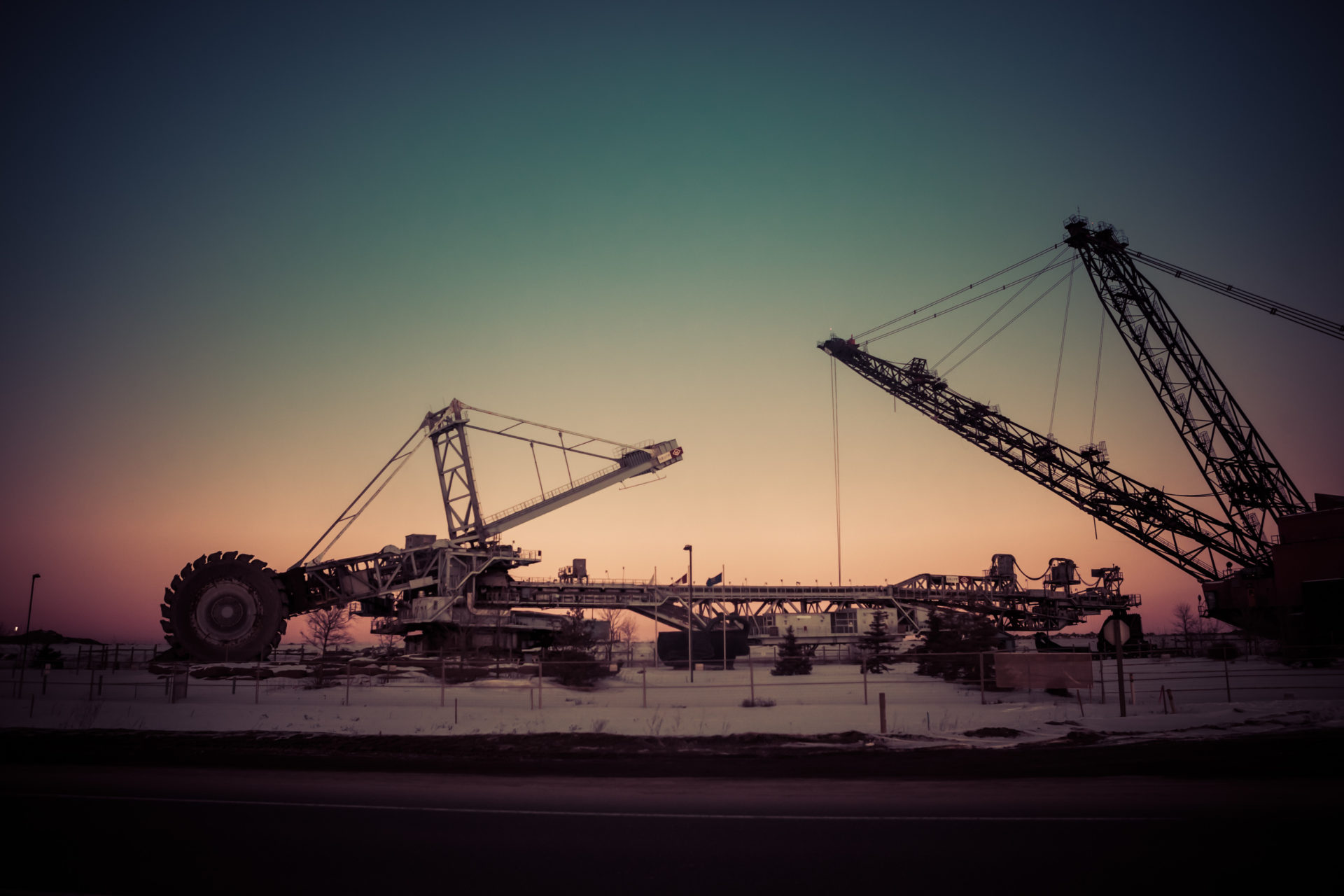
In a Nova Scotia research lab, the last hope for an ancient fish species
Racing against time, dwindling habitat and warming waters, scientists are trying to give this little-known...
This is the first instalment of a three-part series on Dr. John O’Connor, the family physician to first identify higher-than-average cancer rates and rare forms of cancer in communities downstream of the Alberta oilsands. Read Part 2 and Part 3.
The day John O’Connor landed in Canada from his native Ireland,* he had no idea how much he would end up giving to this land, nor how much it would ultimately demand from him.
“I had no intention of staying in Canada,” he told DeSmog Canada in a recent interview. “The intention was to go back.”
“But I got enchanted with Canada.”
That was back in 1984 when O’Connor first arrived in Canada for a three-month locum.
With a large family practice already well established in Scotland, O’Connor had no real intention of settling in this foreign land where, in a few decades, he would find himself embroiled in a national conflict — a conflict that would pick at so many of our country’s deepest-running wounds involving oil, First Nations and the winners and losers of our resource race.
No, when O’Connor landed in Canada he was just planning to fill a temporary family physician position in Nova Scotia. Soon after his arrival, however, his light curiosity about Canada transformed into a newfound passion. He was hooked.
“It was just a perfect match for me.”
After nearly a decade, O’Connor decided a shift to Alberta made sense for him and his growing family. He travelled there in search of what so many still do: opportunity.
“The kids were getting to the point where I realized I would probably like to look at opportunities in terms of careers that may not have been available in the Maritimes. So I came out to Alberta in 1993.”
O’Connor landed in Edmonton, rented a car and explored four practices with openings for new physicians.
“Fort McMurray was the last destination, and it looked the most attractive of all of the options,” he said.
Back in ’93 Fort McMurray was an entirely different place. With a population of around 30,000 people, the community was far from a boom town. It was under-doctored, said O’Connor, and extremely friendly. Within a few weeks, the O’Connor family made friends with patients who had kids of a similar age. They joined sports teams and attended good schools.
“It was good. Don’t regret it for a second,” O’Connor said.
At the time, the oilsands were hardly a topic of conversation, O’Connor remembers.
“You could certainly see what was being emitted from the smokestacks in the distance,” he said. Once, O’Connor even drove toward the smoke, trying to catch a glimpse of the source, but he never spent much time thinking about it.
Many of his patients were working in the oilsands.
“I would listen to their descriptions of work and everything else. And it was fascinating, but I really didn’t have time and probably not, at that point, the interest in knowing more about it,” he said.
In 1998, O’Connor travelled out to Fort MacKay, home of the Fort MacKay First Nation, for the first time.

A road sign directs traffic to Syncrude operations and the community of Fort MacKay along the main highway in Fort McMurray. Photo: Kris Krug
“It was an eye-opener,” he said, “realizing how close the community was to development. How much the community depended on the tar sands.”
When he first arrived the medical centre was no more than two double-wide trailers pulled together. Within two or three years, the band had built an impressive new centre for the community.
“[There was] obviously a very important connection between the community of Fort MacKay and industry for socio-economic reasons,” O’Connor came to recognize.
It was the dawn of a new era for the region, O’Connor said. Things started to get busier.
“This was the beginning of the two or three booms that we’ve seen over the last about 14 years or so. Just to be there as an observer of this and not directly dependent on the mystery…” he said of the oilsands boom.
“But realizing its importance, that it was a…” O’Connor trailed off with a sigh.
He picked up again: “I’m going to write a book on this.”
“My wife has grabbed me by the scruff of the neck and said, ‘Do it,’” he laughed.
“We’ve talked about it for a few years and that early time that I’m trying to describe to you, it was fascinating and very important for what came later.”
The ’90s were a transformative time for the Alberta oilsands. New advancements in technology improved the economic prospects of extracting and processing the resource and led to an ambitious industry and government strategy to dramatically increase production in 1995.

Highway 63, also known as the “Highway of Death” for its dangerous and busy conditions, runs through Fort McMurray. Photo: Kris Krug
As a part of this new strategy the Canadian and Albertan governments dropped royalty and tax rates in an effort to generate interest in the resource.
What’s contained in the tarry sands of northern Alberta is a heavy hydrocarbon called bitumen. As industry describes it, unprocessed bitumen has the consistency of “peanut butter” and, as a result, requires tremendous amounts of energy to extract, process and upgrade into lighter fuels.
Before the technology existed to essentially melt the bitumen out of the sands, oil companies expressed little interest in the region.
But all that changed with new methods for extraction and upgrading and some of the lowest royalties and taxes in the world.
By 1995, Alberta announced a new goal of producing one million barrels a day from the oilsands by 2020. They passed that goal 16 years early in 2004. Plans now involve producing up to 5 million barrels a day by 2030.

Retired machinery forms part of a roadside display along the ‘Syncrude Loop’ in Fort McMurray. Photo: Kris Krug
While these transformations took place, O’Connor’s business steadily grew, as did the need for him in downstream and local communities, especially First Nation communities.
O’Connor began to see the oilsands at this time as a “two-edged sword.”
“Couldn’t possibly live without it,” he said, “but at the same time, having to contend with the fact — no doubt — about the impact; the adverse impact on environment and life in general.”
O’Connor said that in those early years the impact of development wasn’t yet visible, but by the early 2000s things started to change.
Read Part 2: Deformed Fish, Dying Muskrats Cause Doctor to Sound Alarm. Read Part 3: The Spotlight Turns on Fort Chip Doctor.
*Correction: An earlier version of this article incorrectly stated O’Connor was from Scotland.
Image Credit: In 2011 author Carol Linnitt travelled to the oilsands region and Fort Chipewyan with photographer Kris Krug. All photos by Kris Krug.
Get the inside scoop on The Narwhal’s environment and climate reporting by signing up for our free newsletter. On March 17, federal Conservative Leader Pierre Poilievre...
Continue reading
Racing against time, dwindling habitat and warming waters, scientists are trying to give this little-known...

From investigative reporting to stunning photography, we’ve been recognized with four 2024 CAJ Awards nods...

The Narwhal is expanding its reach on video platforms like YouTube and TikTok. First up?...
